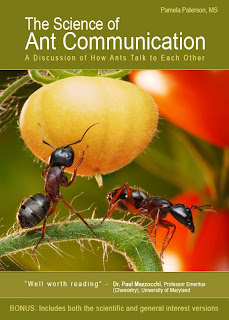I was reading about endotherms and ectotherms in an ecology textbook yesterday and the idea struck me that houses themselves can be looked at as either 'endotherms' or 'ectotherms' with regards to how temperature was being controlled in them.
 |
| Earth building |
Endothermic Houses
A house that uses an air conditioner would be considered an endothermic house, since it uses internal means to regulate its temperature. Like endothermic organisms, which consume a lot of energy (and food) to regulate their internal body temperature, an endothermic house would be using a lot of energy (electricity) to regulate the temperature inside it as the air conditioner works. Endotherms also consume even larger amounts of energy to regulate their internal temperate when the external temperature is more extreme. This is the case too with 'endothermic' houses, which consume growing amounts of energy as the temperature outside the house becomes more and more extreme.Ectothermic Houses
Ectotherms, on the other hand, use external means to regulate their body temperature. Ectothermic houses thus would be the ones that do not have an internal heating or cooling system but rather use external means to regulate their 'body' temperature. Ectothermic houses can use angle to the sun, angle to wind, air vents and a number of other strategies in order to help regulate their internal temperature without consuming too much energy to do so.
Insulation
Organism also make use of insulation in the form of fur, feathers, skin and fat to help reduce undesired body temperature loss or gain. Similarly, houses can make use of such powerful strategy in order to help regulate internal temperature without need for expending energy. This could be for instance in the form of thick walls that slowly absorb and store heat to name just one insulation strategy.
Conclusion
By employing techniques used by ectotherms rather than endotherms as well as insulation, houses can be designed to consume much less energy than ones that are much more energy hungry as endotherms.







